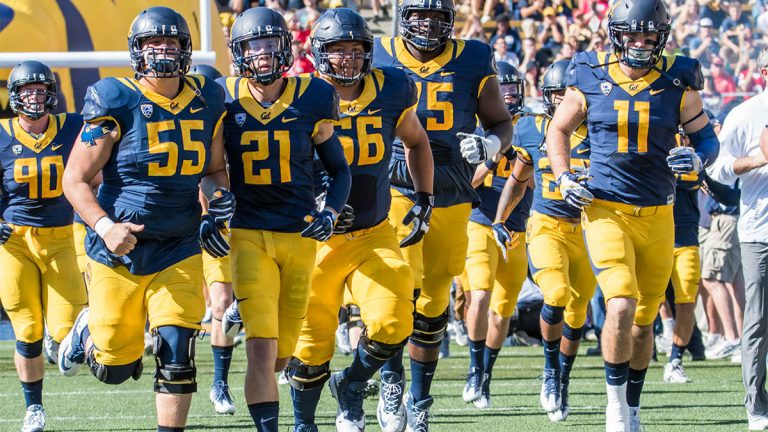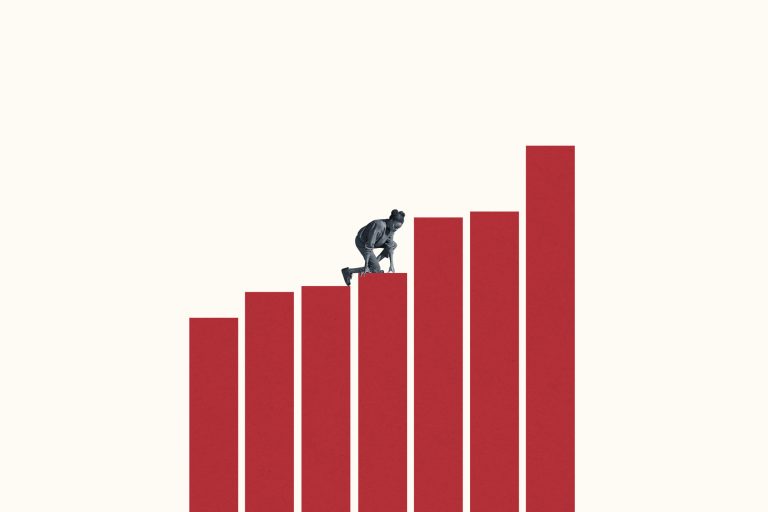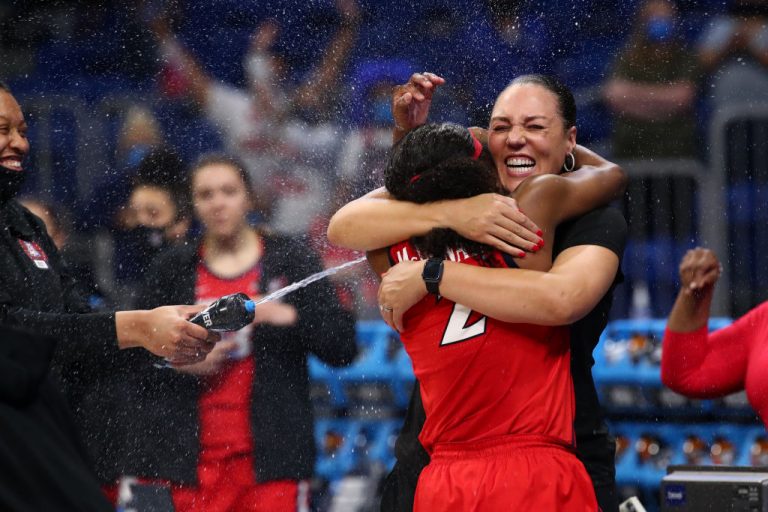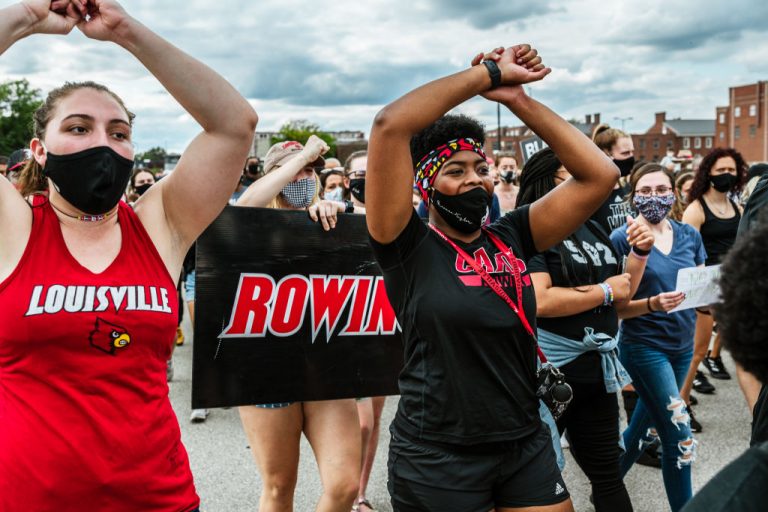College Sports Amateurism Costs Black Athletes Billions
Why this matters
From Supreme Court justices to members of Congress, many have argued that the NCAA’s longtime prohibition on athlete compensation produces an interracial wealth transfer from Black football and basketball players to White coaches, administrators, and athletes in other sports. A recent study estimates that Black athletes in the Power 5 conferences are losing approximately $1.2 billion to $1.4 billion a year – an amount that raises uncomfortable questions for schools and college sports leaders that have committed themselves to racial justice and equity.
Casual observers of college sports recognize an unspoken truth – that unpaid, predominantly Black labor in football and basketball powers the multibillion-dollar enterprise of amateurism, enriching and benefiting coaches, administrators, and other athletes who are overwhelmingly White.
Driven by National Collegiate Athletic Association amateurism rules, this appropriation of value has previously remained largely unquantified. In our current paper in The Antitrust Bulletin, we aim to examine this shortcoming. In doing so, we estimate the interracial transfer of wealth from Black football and basketball athletes at the NCAA Power 5 conference level – where college sports are most commercialized and lucrative – to be approximately $1.2 billion to $1.4 billion per year from 2005 to 2019.
To put this figure into perspective, depriving Black labor of a more competitive wage share amounts to an underpayment of approximately $250,000 a year for each and every Black football or basketball athlete in a Power 5 conference.
This arrogation of Black athletes’ wage share results from the NCAA cartel’s collusive restraint of wage competition among its members through a prohibition on compensating athletes for their labor. Our estimate represents only funds that schools themselves could have used to compensate the Black labor that generated them, and not lost name, image and likeness (NIL) opportunities from third parties.
Related: 'Sports Professors' Podcast: Recruiting Advantage? BYU Tests the Limits of NIL
While recently proclaiming “Black Lives Matter,” institutions of higher education have for years diverted these revenues to benefit overwhelmingly White constituencies: coaches, administrators, and athletes in predominantly White sports. As Supreme Court Justice Brett Kavanaugh recently explained in his concurring opinion in Alston v. NCAA, where the Court found the NCAA in violation of antitrust laws:
The bottom line is that the NCAA and its member colleges are suppressing the pay of student athletes who collectively generate billions of dollars in revenues for colleges every year. Those enormous sums of money flow to seemingly everyone except the student athletes. College presidents, athletic directors, coaches, conference commissioners, and NCAA executives take in six- and seven-figure salaries. Colleges build lavish new facilities. But the student athletes who generate the revenues, many of whom are African American and from lower-income backgrounds, end up with little or nothing.
To perform our analysis, we relied on financial and demographic data from the Knight Commission’s College Athletics Financial Information (CAFI) database, the Equity in Athletics Disclosure Act (EADA) database, the NCAA’s Demographics Database, the Dallas Morning News’ College Football Salary Data, and the Department of Education’s Integrated Postsecondary Educational Data System (IPEDS). All of this information is publicly available, meaning anyone can replicate our work.
After aggregating these data, we turned to estimating what economists refer to as the counterfactual, or “but for,” world. This condition represents what Black athletes would have earned in the absence of NCAA restraint. We used the National Basketball Association as a benchmark, because it arguably has the most equitable collective bargaining agreement between labor and management in major American professional sports. (Unlike the National Football League, the NBA hasn’t used “race-norming” to deny the brain injury settlement claims of retired Black players.)
In the NBA, athletes collectively capture approximately half of all revenues. And in the 2020-21 season, Black players collected approximately 90 percent of that sum through their salaries, which puts their share of league revenue at 45 percent (equal to half of 90 percent).
Applying that same 45 percent labor share to Black football and basketball players – men and women – at Power 5 schools, our paper estimates lost wages under two scenarios:
- Treating the athletic scholarships players receive as part of their wages.
Not treating those scholarships as part of their wages, under the assumption that in a world without amateurism, schools would either offer room, board, and incidental expense payments as additional compensation or do away with them entirely. - Depending on the scenario, we estimate that Black football and basketball athletes were subject to between $17.3 billion and $21.6 billion of cumulative wage theft from 2005 to 2019 – or, as mentioned above, $1.2 billion to $1.4 billion per year.
| Year | Basketball and Football Revenues | Lost Pay Share Dollars, Black Athletes (offsetting university aid) | Lost Pay Share Dollars, Black Athletes (not offsetting university aid) |
| 2005 | $2,079,939,326 | $783,122,796 | $954,692,150 |
| 2006 | $2,163,954,991 | $824,863,137 | $993,255,341 |
| 2007 | $2,326,158,973 | $876,641,331 | $1,067,706,968 |
| 2008 | $2,504,890,796 | $943,408,723 | $1,149,744,876 |
| 2009 | $2,650,917,236 | $984,497,898 | $1,216,771,011 |
| 2010 | $2,771,282,807 | $1,035,821,278 | $1,272,018,808 |
| 2011 | $2,788,960,650 | $1,027,792,754 | $1,280,132,938 |
| 2012 | $2,981,077,040 | $1,095,698,790 | $1,368,314,361 |
| 2013 | $3,202,871,959 | $1,176,098,841 | $1,470,118,229 |
| 2014 | $3,306,270,592 | $1,215,123,643 | $1,517,578,202 |
| 2015 | $3,690,765,202 | $1,358,485,711 | $1,694,061,228 |
| 2016 | $3,895,783,181 | $1,414,493,956 | $1,788,164,480 |
| 2017 | $4,005,592,546 | $1,456,579,444 | $1,838,566,979 |
| 2018 | $4,227,055,363 | $1,537,540,449 | $1,940,218,412 |
| 2019 | $4,293,988,107 | $1,548,629,899 | $1,970,940,541 |
| Total | $46,889,508,769 | $17,278,798,650 | $21,522,284,525 |
Opponents of compensating college athletes have largely ignored this interracial transfer of wealth, availing themselves of the specious argument that “college athletics programs lose money,” a profound absurdity grounded in a misrepresentation of athletic finances. This reality was not lost on the Supreme Court in the recent Alston case, where the justices juxtaposed the economic windfall of college coaches and administrators to the collusive wage restraints that keep athlete labor at subsistence levels. In a concurring opinion, Justice Kavanaugh recognized that the wage share earned by athletes was artificially suppressed: “Colleges and student athletes could potentially engage in collective bargaining (or seek some other negotiated agreement) to provide student athletes a fairer share of the revenues (italics added) that they generate for their colleges, akin to how professional football and basketball players have negotiated for a share of league revenues.”
There is no compelling economic reason or efficiency rationale that explains why athlete compensation should be rendered subordinate in the chain of compensation to coaches and administrators, whose positions depend on the labor of the athletes themselves.
Fans have also tended to avoid the cognitive dissonance of associating their penchant for watching college sports to the reality of interracial wealth transfer that characterizes the industry. To insulate themselves from the questions of morality, some fans argue that athletes receive “fair” compensation in the form of an “education.” The University of North Carolina at Chapel Hill academic fraud scandal and the NCAA’s refusal to undertake any reforms to avoid its recurrence has exposed the specious nature of “education as athletics compensation,” and we need not retread the myriad reasons such an argument lacks any tether to the truth. Other fans simply avoid the problem entirely, claiming that they just want to enjoy the sports and not the inextricable realities associated with them. But this position requires a similar detachment from reality, or perhaps an indifference to it. After all, many Americans appear entirely unconcerned with the squalid working and living conditions of (minority) overseas laborers who feed our voracious consumer appetite.
Related: 'Permission To Speak Freely?' Power Vs. Freedom
American institutions of higher education, undoubtedly well aware of the reality we describe in our paper, have also availed themselves of a third defensive mechanism: performative activism. Following the death of George Floyd in 2020, colleges and universities announced commitments to racial justice; on social media, Duke University basketball coach Mike Krzyzewski encouraged followers to say “Black Lives Matter” every day.
Of course, he and many other White coaches in college sports profit handsomely from the labor of primarily Black athletes who have been stripped of basic economic rights by the NCAA cartel. None of these well-paid leaders have drawn a proverbial line in the sand by calling for an equitable athlete wage share. To the contrary, Clemson University football coach Dabo Swinney has called athletes entitled for wanting fair compensation, never mind that 62 of the 100 players on Clemson’s current football roster are Black.
We harbor no illusions about the difficulties of instilling racial justice in a system seemingly designed to operate in its absence. In this regard, the economy of college sports reflects the inequity that pervades society, where examples of structural racism are legion. Black homeowners have suffered from the practice of redlining, reducing their property values; Black neighborhoods have been subjected to gentrification; schools in Black communities receive less funding and report less access to computers and the Internet than predominantly White schools; and Black Americans suffer disproportionately from systemic racism in the justice system.
College sports amateurism is yet another chapter in the voluminous historical record of systemic racial injustice. When Black athletes achieve success and generate tremendous value despite the obstacles placed in their way, the same universities that profit from their labor label them “amateurs” to avoid paying them their fair wage share. Such self-serving semantics are common practice for the NCAA, which also manufactured the term “student-athlete” to avoid paying workers’ compensation for sports-related injuries in the aftermath of the University of Denver v. Nemeth (1953) decision.
In evaluating and estimating the economic impact of the interracial transfer of wealth in college sports, we seek to inform those who have the ability to make systemic and policy changes to redress these wrongs. If they decline to do so, then at least they can no longer feign ignorance of the economic exploitation of Black athletes that has been unfolding before their eyes for decades.
Ted Tatos is an economist and statistician affiliated with EconONE Research. He also taught economics at the University of Utah as an adjunct professor. He can be reached at ttatos@econone.com. Hal Singer is a Managing Director at EconONE Research and an adjunct professor at Georgetown University’s McDonough School of Business. He can be reached at hsinger@econone.com.
Opinions expressed herein are solely those of the authors and not of EconONE Research. The authors have not been involved in any NCAA-related litigation and have no conflicts of interest to declare. The authors have received no payment, either expressed or implied, for the writing of this article or any research associated with it.
Related






